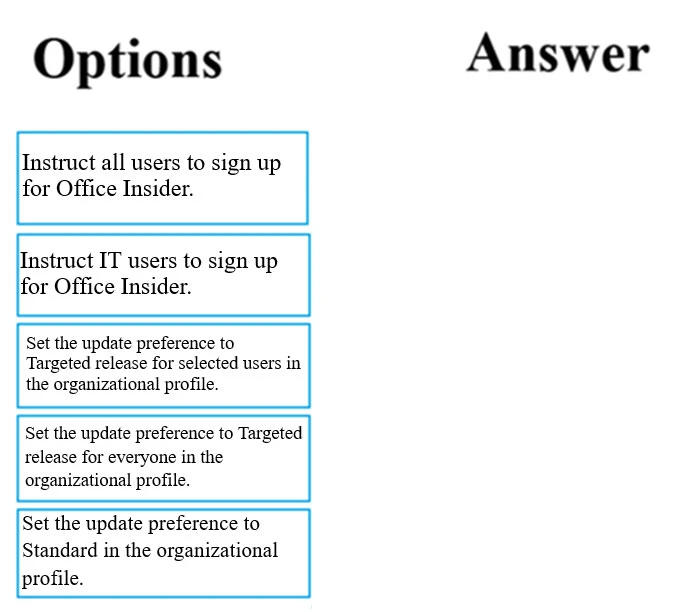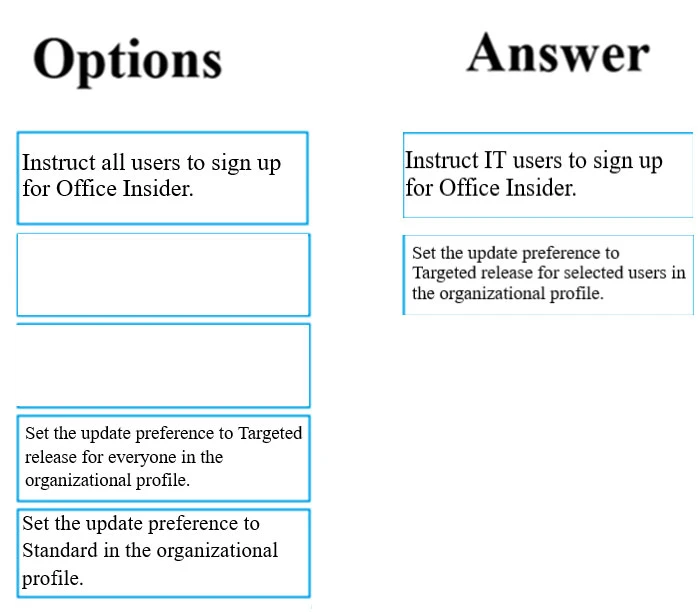Which of the following options are components that your IT employees are responsible for?
In a Platform as a Service (PaaS) model, the cloud service provider manages the underlying infrastructure, such as servers, storage, and networks. IT employees are generally responsible for managing the applications deployed on the PaaS, which includes developing, testing, and maintaining those applications. Therefore, the component that IT employees are responsible for in a PaaS model is the applications.
Which of the following options are components that Microsoft are responsible for? (Choose all that apply).
In a Platform as a Service (PaaS) model, Microsoft is responsible for providing and managing the underlying infrastructure elements such as storage and operating systems, as well as the platform components like databases. The customers are responsible for their own applications and the data contained within those applications. Therefore, the components that Microsoft is responsible for include storage, databases, and the operating system.
You are required to identify a cloud service that allows for website hosting.
Which of the following is the model you should choose?
Platform as a Service (PaaS) is the suitable model for hosting a website. PaaS provides an environment with development tools, infrastructure, and operating systems necessary to build, test, deploy, and manage web applications. It abstracts much of the complexity of managing servers and underlying infrastructure, allowing developers to focus on the application itself.
You are required to identify a cloud service that allows for the deployment of a Linux virtual machine.
Which of the following is the model you should choose?
To deploy a Linux virtual machine, Infrastructure as a Service (IaaS) is the appropriate model. IaaS provides the fundamental infrastructure, including virtual machines, storage, and networks, allowing users to run their own operating systems and applications. This gives the most control, flexibility, and management over the virtual machine compared to other models such as SaaS or PaaS, which provide higher-level services and more abstraction from the underlying hardware.
Your company has a Microsoft 365 subscription.
You have been tasked making sure that the IT department users can obtain Office 365 preview features prior to it being deployed to the rest of the company's users.
Which of the following are the two actions that would meet your goal? Answer by dragging the correct options from the list to the answer area.
Select and Place:

https://insider.office.com/en-us/
https://docs.microsoft.com/en-us/office365/admin/manage/release-options-in-office-365?view=o365-worldwide
